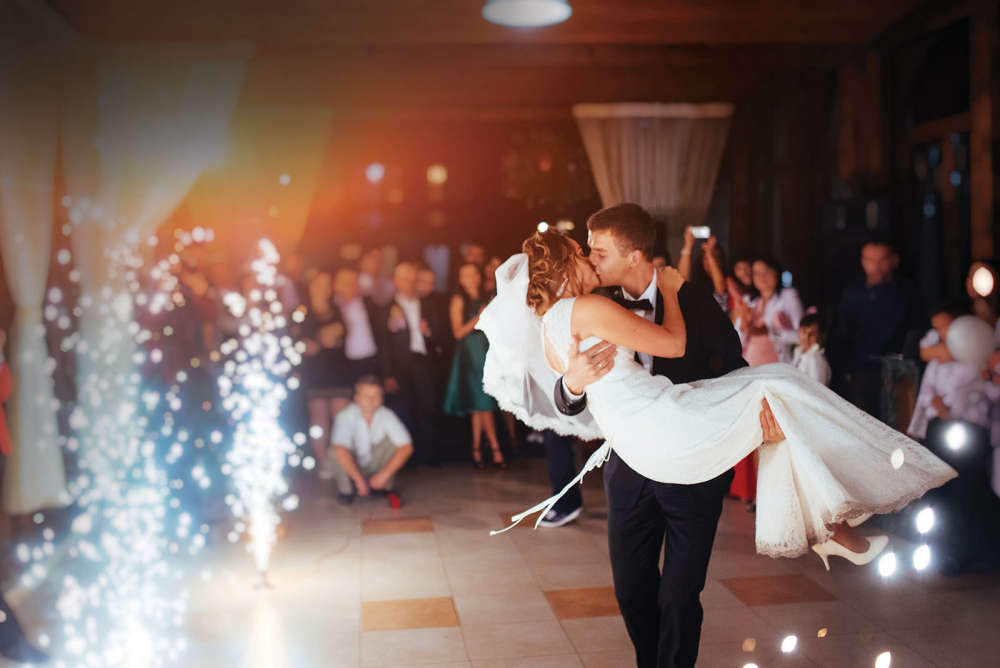
Music can set the heart alight, not to mention the dance floor, which is why it’s a vital part of the wedding day. Sara Whatley talks beats, bars and crescendos
'If music be the food of love, play on’ wrote Shakespeare of Duke Orsino’s love for Countess Olivia. Indeed, music and love has long been equated, and none more so than on a wedding day.
Music fills a wedding, from the prelude (where guests await the ceremony to begin), the ceremony itself and of course, the dance floor later on in the evening. Wedding music is designed to move hearts and feet in equal measure (not necessarily at the same time), stirring emotion and creating long lasting memories. It is said you will always remember the song that was playing as you had your first dance as newlyweds, and in years to come you can put it on and relive the moment time and again.
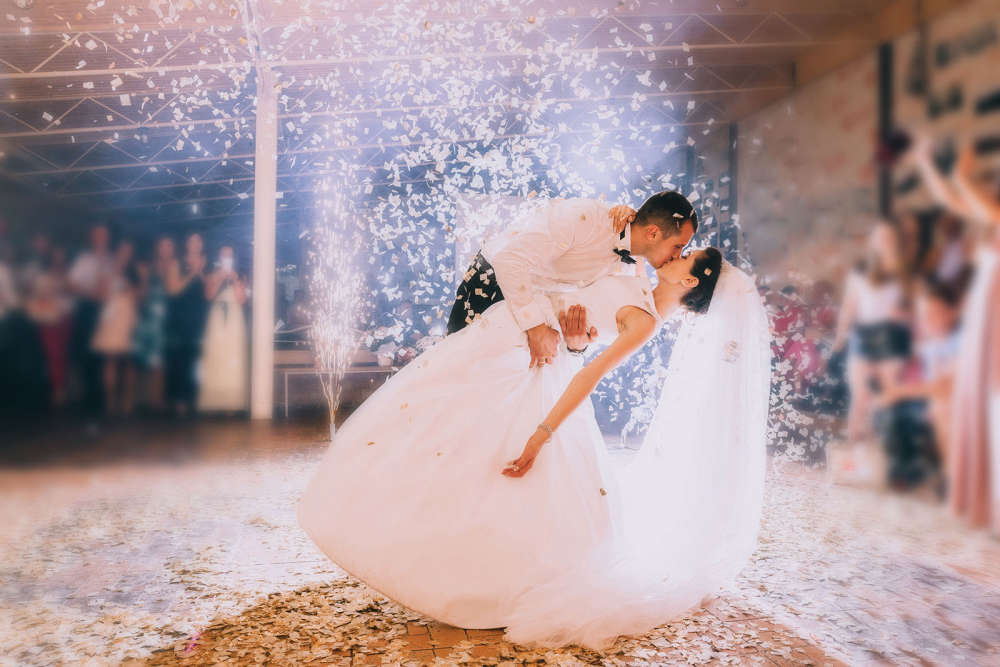
A traditional wedding has lots of different parts to it, and all of them can be accompanied by different, yet cohesive, styles of music. This makes each section feel unique and memorable, and helps to fill each moment with meaning and joy.
Starting at the beginning of the day is the wedding ceremony. You may choose to have your guests listen to some music while they gather and take their seats in anticipation for the ceremony to begin. Many choose relaxing and calming music at this point, not to overwhelm the bubbling excitement already present in the room. This may be live musicians playing, or a recording of a beautiful piece to set the tone.
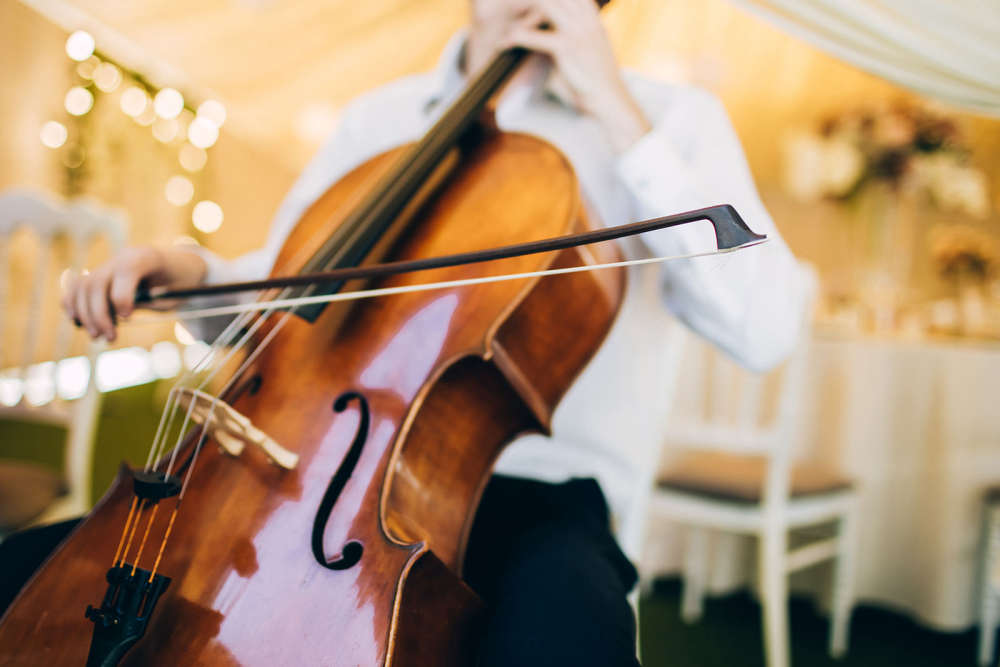
Next comes the entrance of the bride. The music to accompany the procession down the aisle could be dramatic, emotional and stirring,
but always positive. There are many variations of music to choose from here depending on the couple’s wishes, but probably the most traditional and well know is Wagner’s Wedding March, otherwise known as ‘Here Comes The Bride’.
The organ or choir in a church wedding will resonate through the congregation and fit the acoustics of the building perfectly. Choosing some rousing hymns for the guests to sing is a wonderful way of connecting them with the ceremony and making them feel part of the celebrations.
Often music is played while the signing of the papers happens – something light and joyful to fit the celebratory mood of the guests. This may be a solo singer, a harpist or perhaps a saxophonist, or even an ensemble of musicians.
Some couples may choose to have various musical interludes throughout the day – while the canapés are being served for example, or even during the wedding breakfast – which can serve as wonderful entertainment for the guests and help to make the day even more unique and memorable.
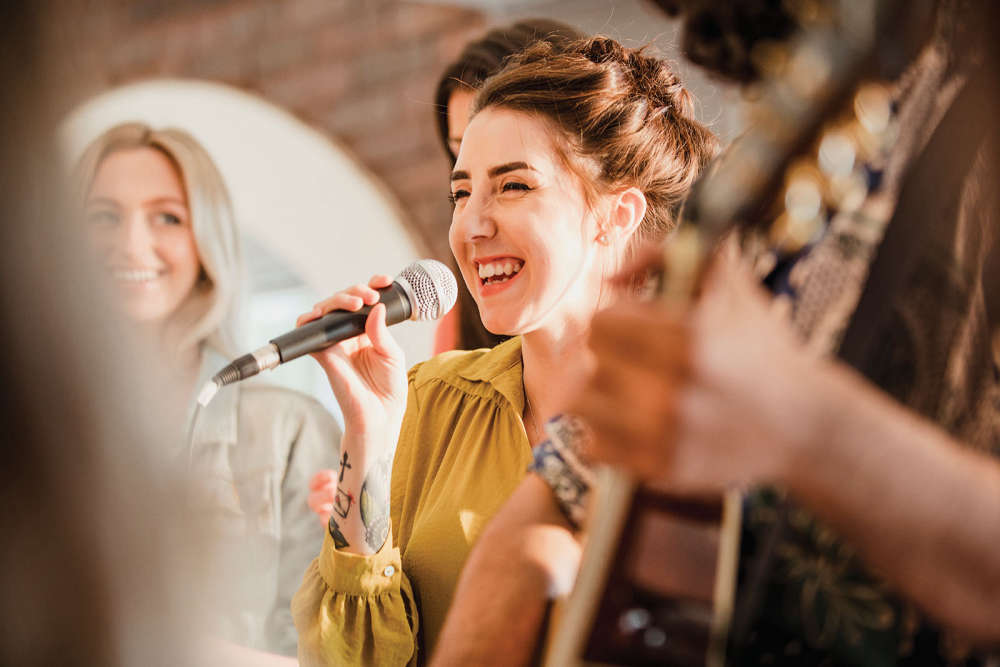
Now, to the dance floor! In a symbol of moving in unity into their married life, the newlyweds open the dance floor by sharing their first dance together. Traditional couples may enjoy slow dancing to a classic love song, setting hearts aflutter all around them.
Or for the more daring couple this is the perfect opportunity to set the dance floor alight with some serious dance moves choreographed to their favourite music – rock, jazz, country or pop, as long as it’s got a good rhythm and the couple love it then it’s perfect! After the first dance hopefully the floor will be flooded with enthusiastic bodies ready for a heart pumping boogie late into the night. Some couples opt for a DJ to spin their dance floor into action, while some favour a live band, or perhaps both! High-energy songs will keep the party going and get everybody – yes even the oldest granny – moving and grooving.
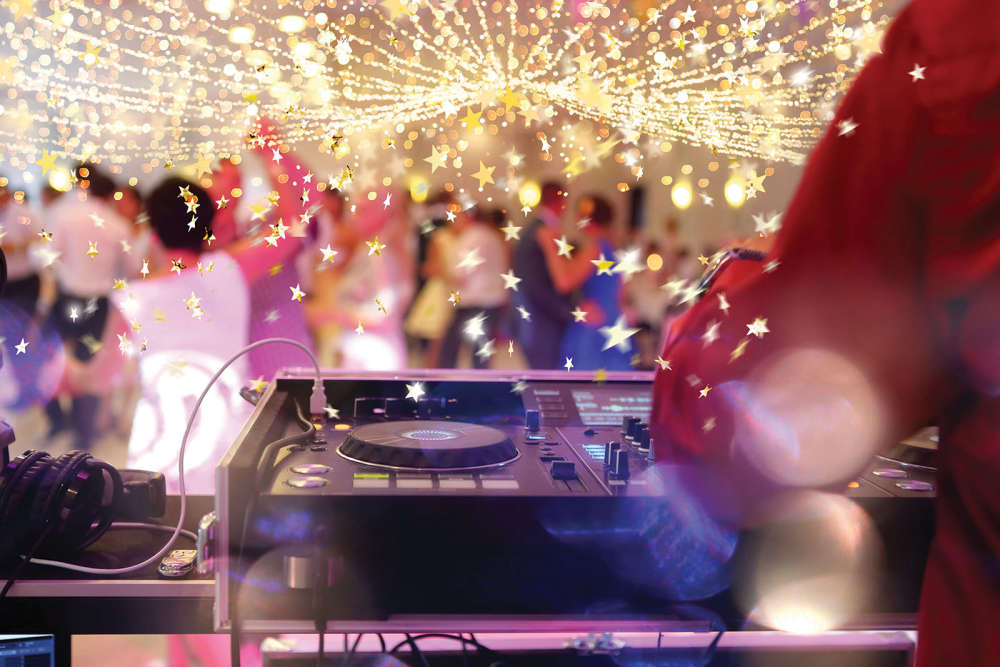
Personal playlists are not to be overlooked as wedding music as well. This is a great option for between live music and at the end of the night, for those on a budget and for small wedding gatherings too. Silent discos are also great fun at small weddings, and produce some very funny situations on the dance floor.
Weddings filled with music, food and laughter are the happiest occasions, so make sure yours is scored to perfection for a day you’ll never forget.
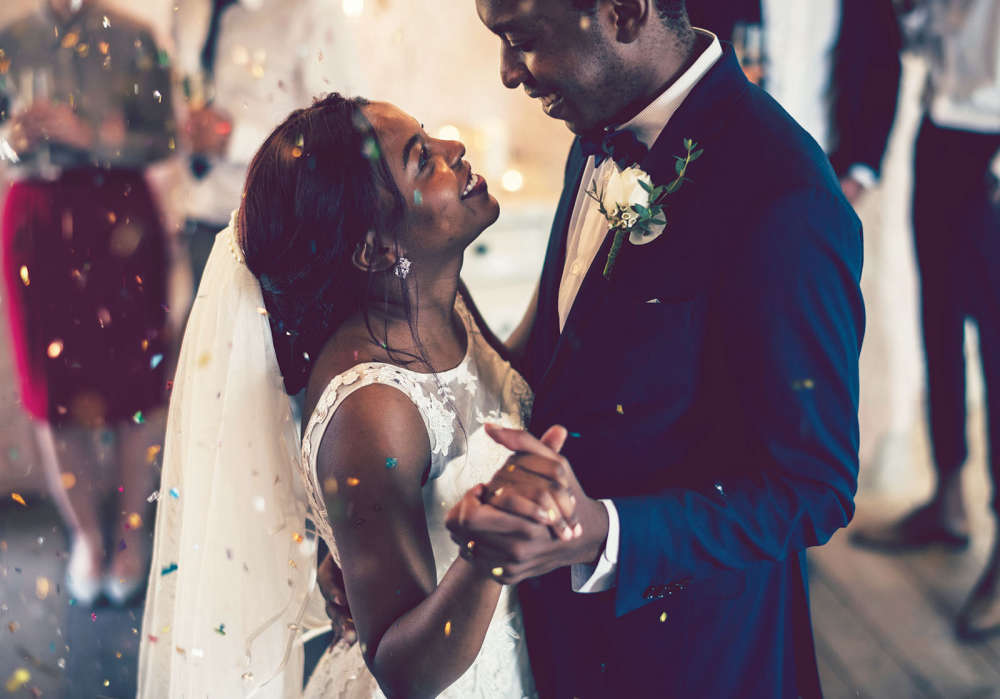

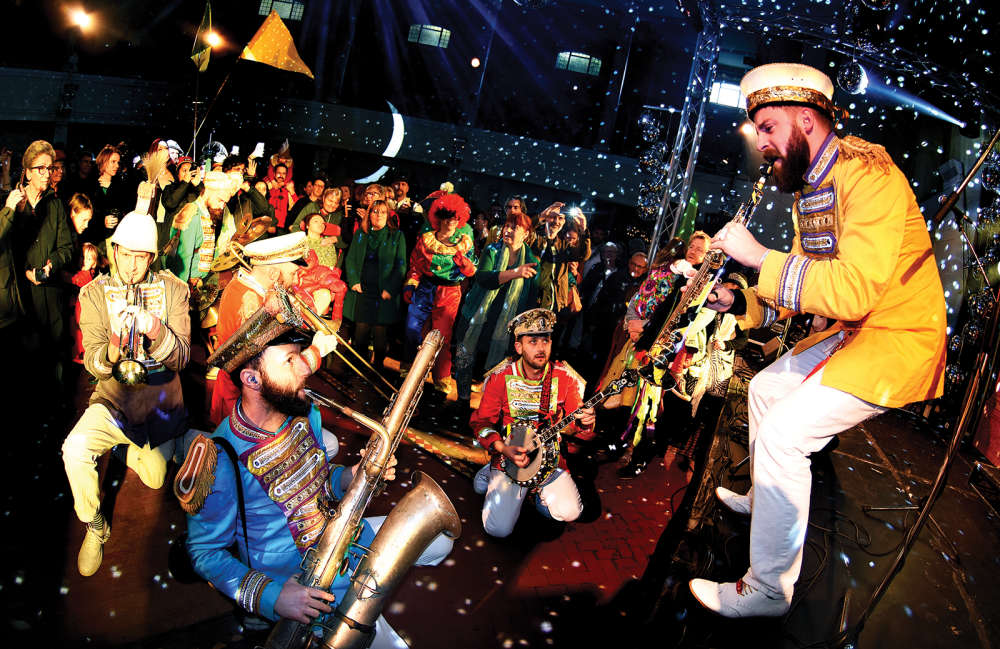 Spotlight Events: February 2025
Spotlight Events: February 2025
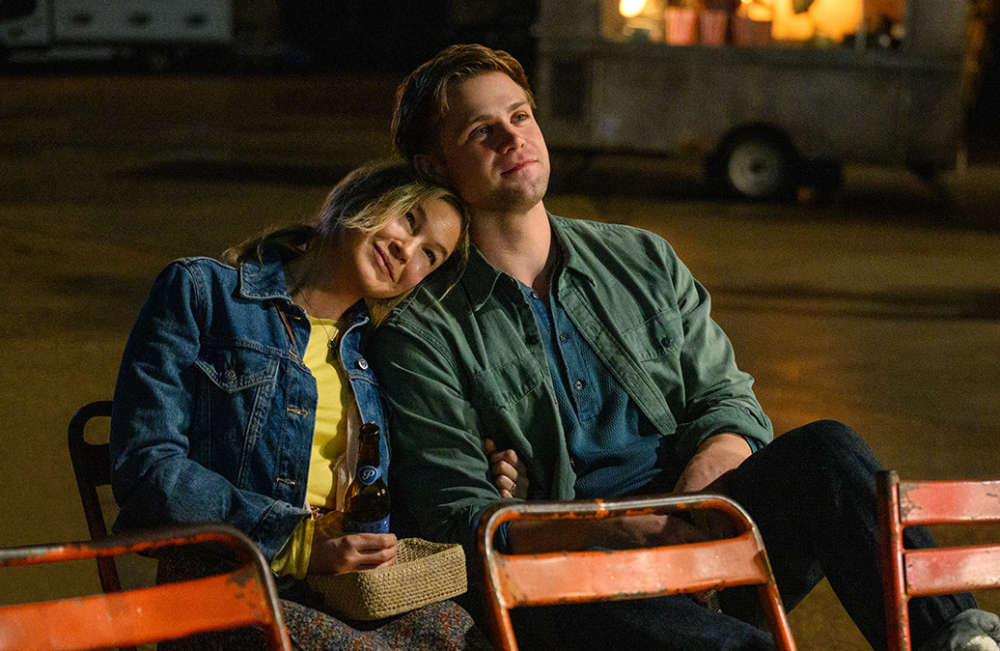 What to Watch in February 2025
What to Watch in February 2025
 Money Matters: Go For Broke
Money Matters: Go For Broke
 The Education Deliberation: Analogue or Digital?
The Education Deliberation: Analogue or Digital?
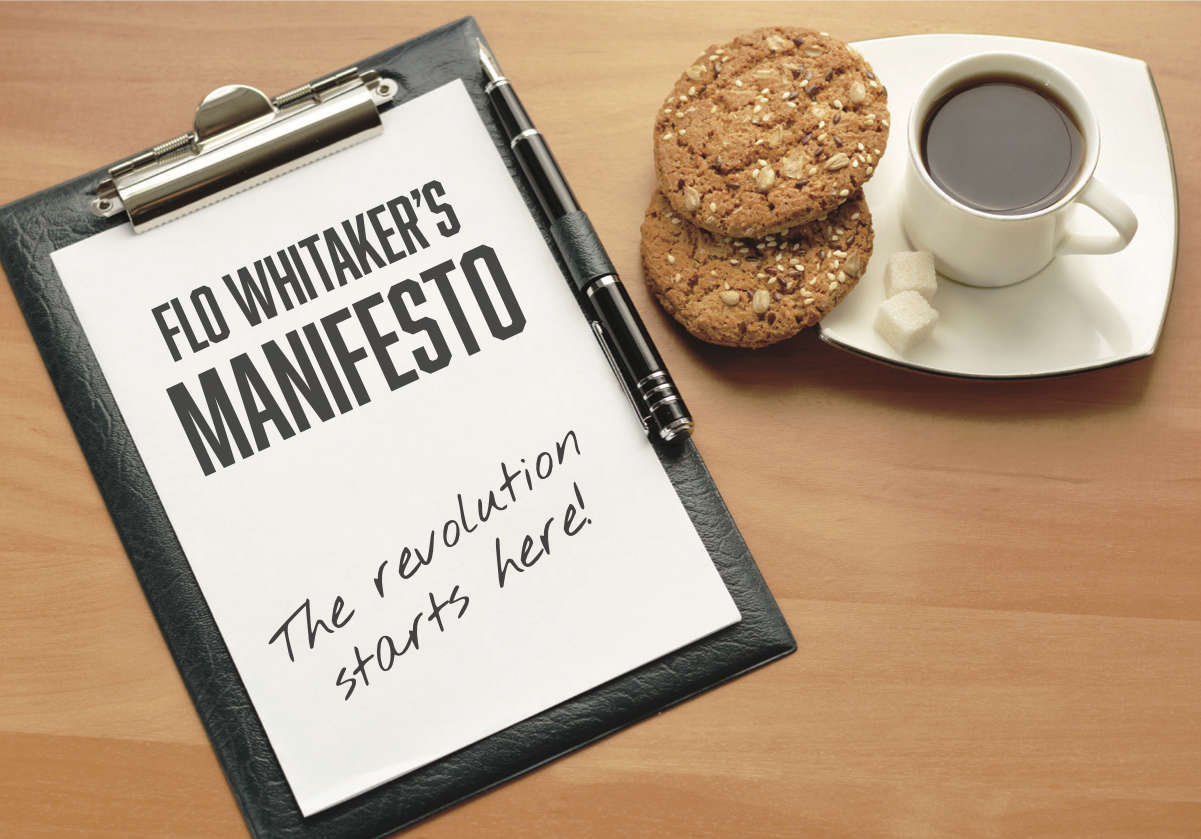 If You Ask Me: It's Time For a Revolution
If You Ask Me: It's Time For a Revolution
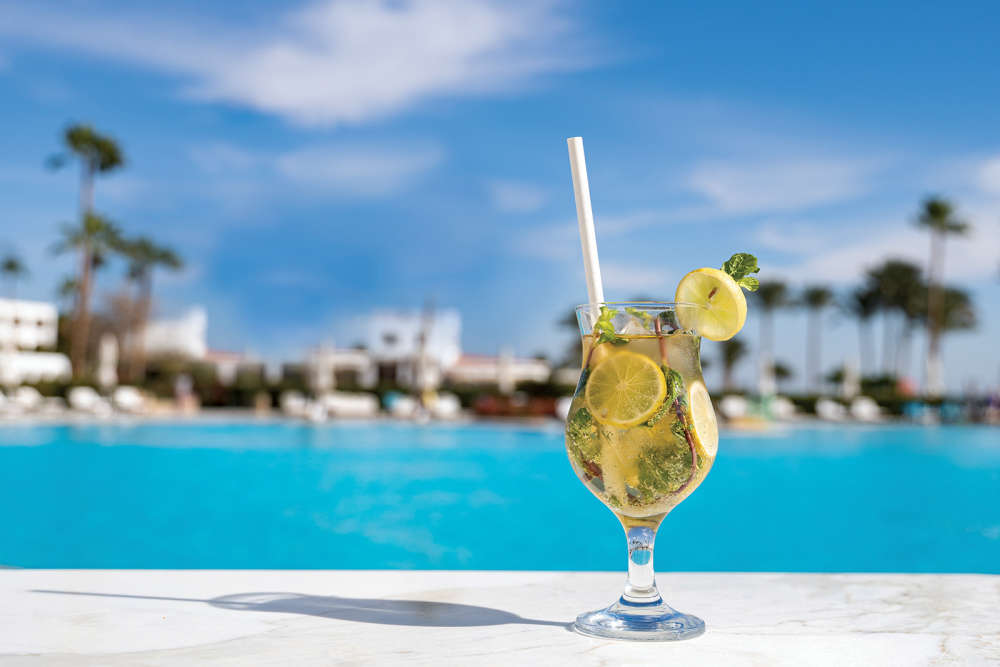 Holiday Money Saving Tips
Holiday Money Saving Tips
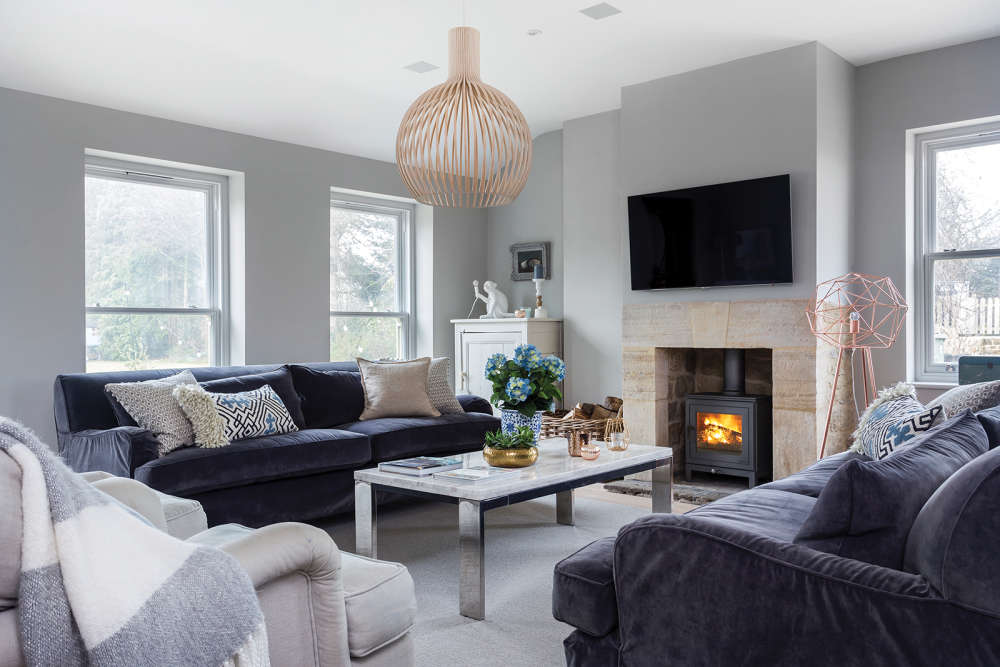 Home Style: Perfect Fit
Home Style: Perfect Fit
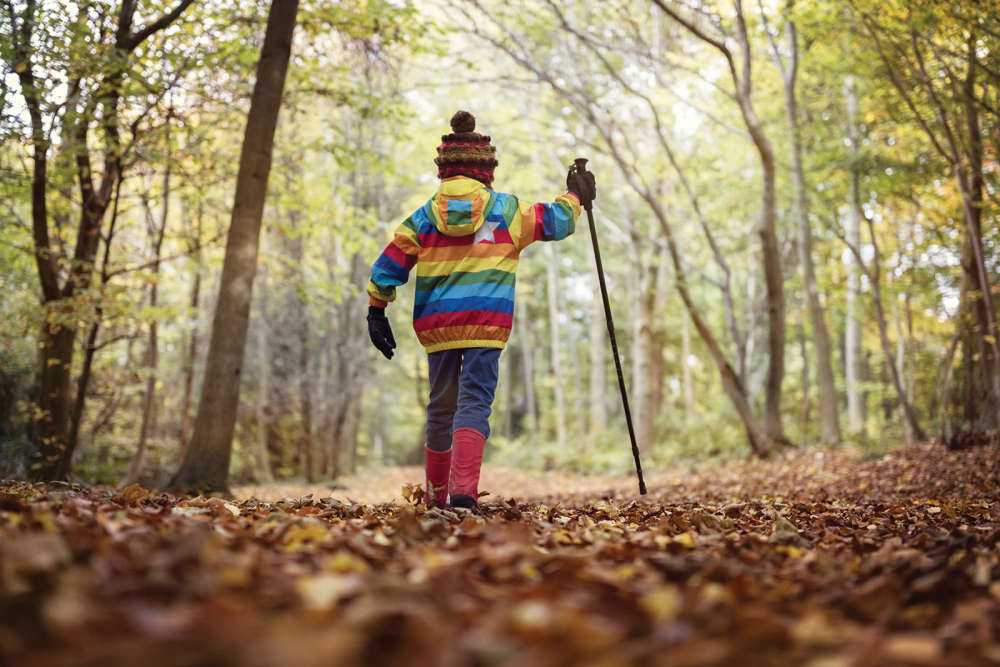 Winter Woodland Walks
Winter Woodland Walks
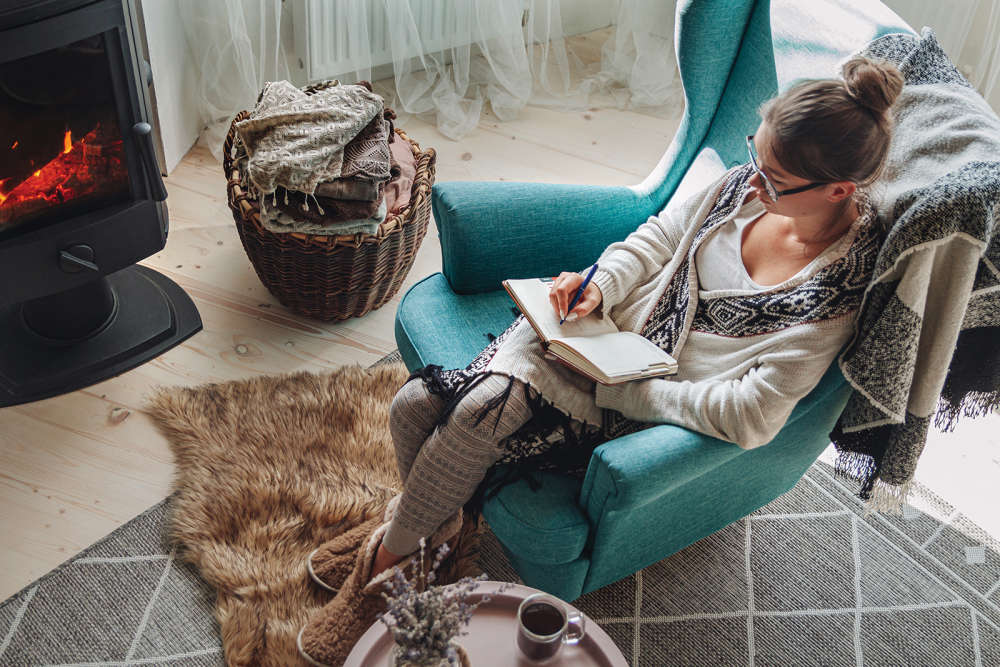 Homes Extra: Home Sanctuary
Homes Extra: Home Sanctuary
 Coping with Midlife Anxiety
Coping with Midlife Anxiety
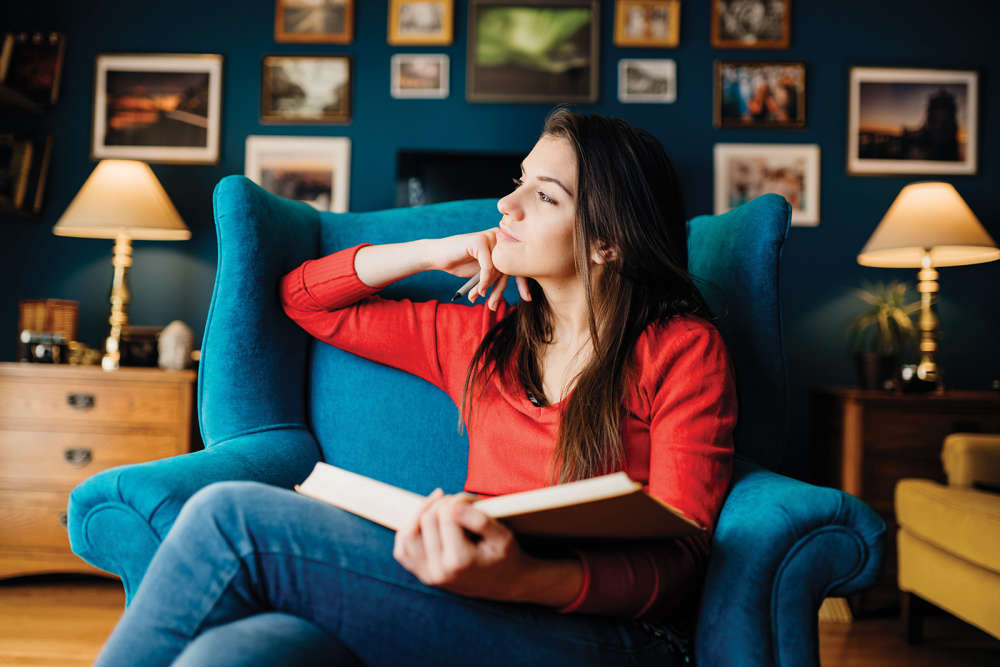 You're a Natural Beauty!
You're a Natural Beauty!
 Good Night, Sleep Tight
Good Night, Sleep Tight
 10 Ways to Live Longer
10 Ways to Live Longer
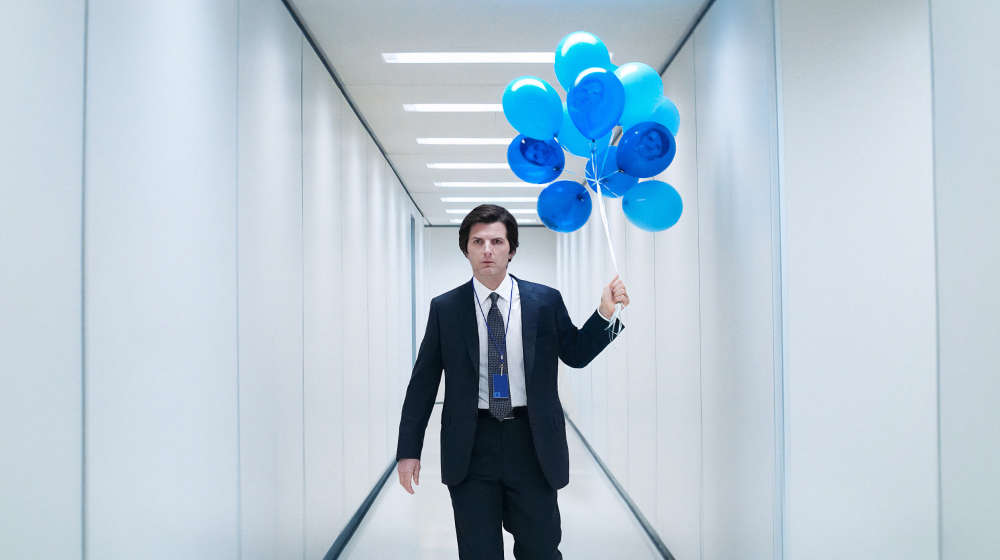 What to Watch in January 2025
What to Watch in January 2025
 Home Style: Ancient & Modern
Home Style: Ancient & Modern
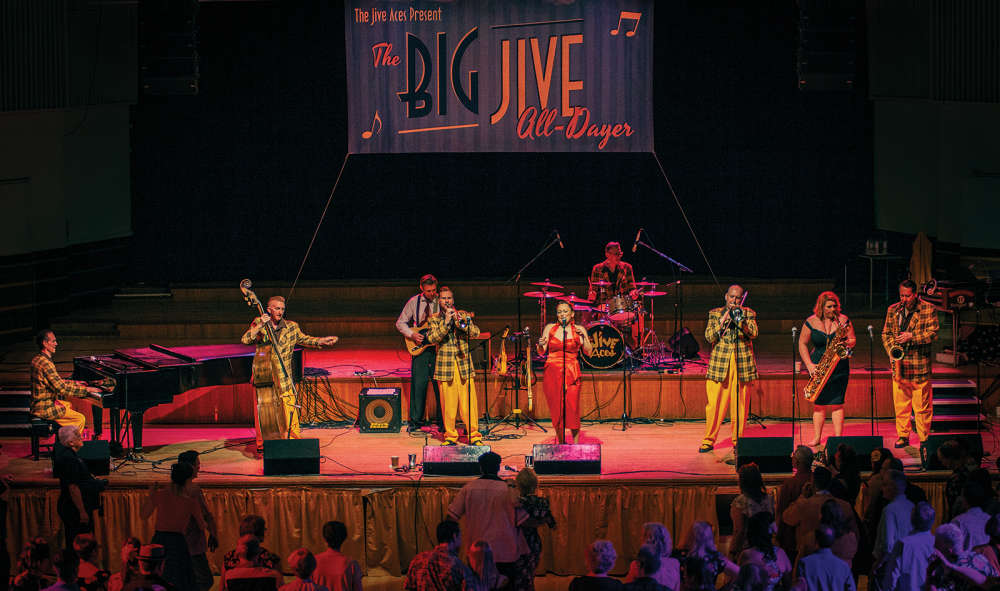 Spotlight Events: January 2025
Spotlight Events: January 2025
 Fashion: 5 Trends for 2025
Fashion: 5 Trends for 2025
 Money Matters: £5 Per Day to Jet Away
Money Matters: £5 Per Day to Jet Away
 Be Well, Move Happy: Spa Therapies and Strength Training
Be Well, Move Happy: Spa Therapies and Strength Training
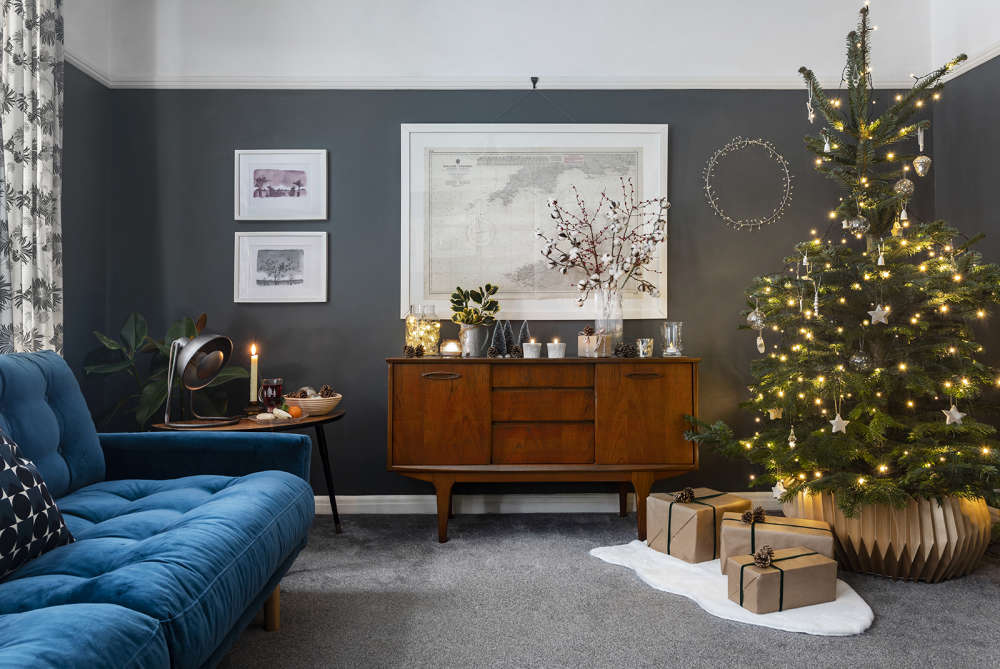 Home Style: Honouring the Past
Home Style: Honouring the Past